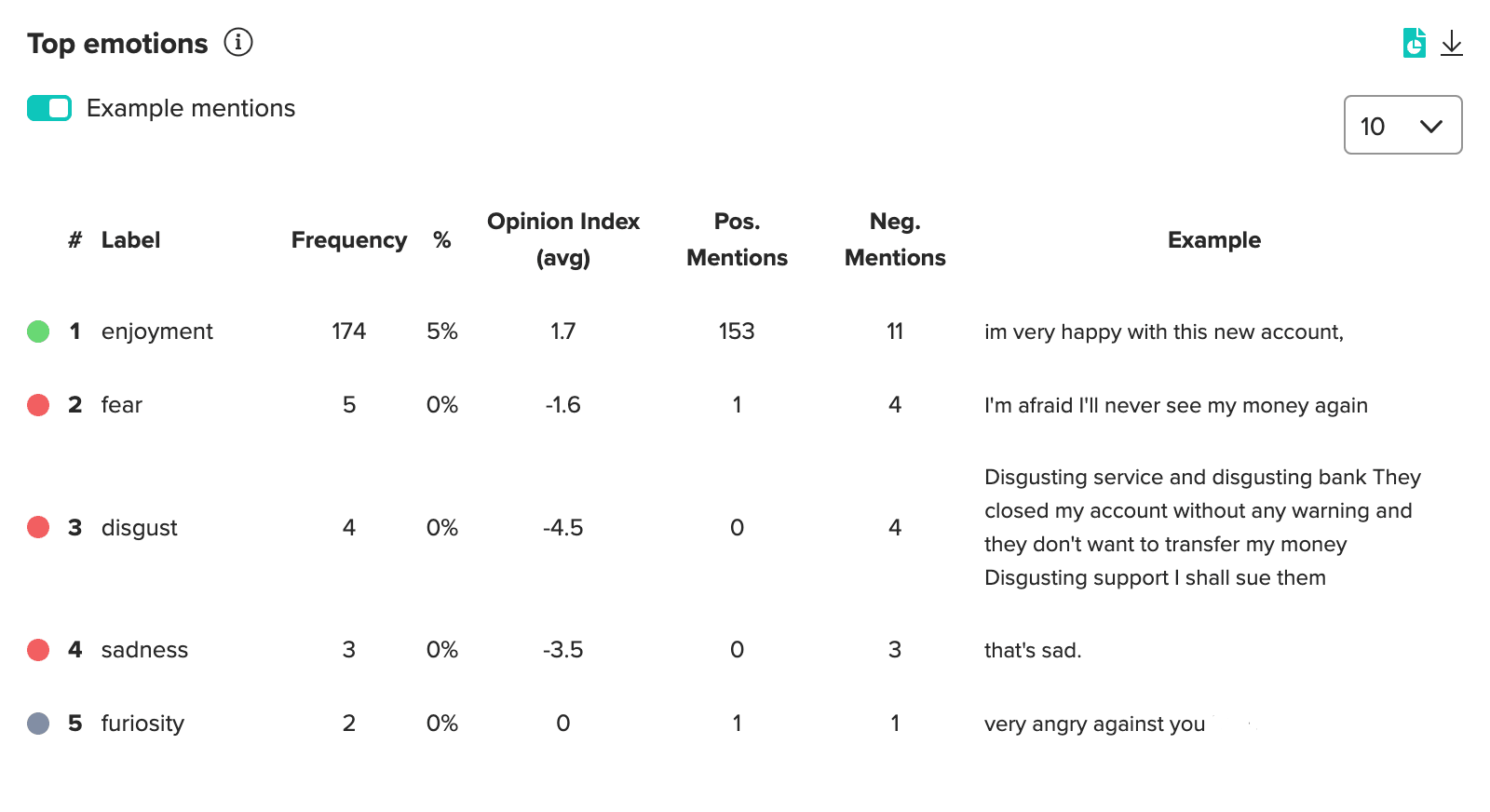Debunking sentiment analysis: why it’s useful and how accurate it is
Companies starting their automated text analysis journeys often have questions about the possibilities and limitations of sentiment analysis. We’ve collected the most important things you need to know before you begin analyzing customer feedback.
What is sentiment analysis and how does it work?
Sentiment analysis is an essential part of the automated text analysis that Neticle provides. Analyzing language is our core competence, and while we can detect many different types of entities in textual data, one of our most useful capabilities is the recognition of sentiments.
Why are we saying that? While the term ‘sentiment analysis’ might sound mystical at first, during the analysis of large amounts of text – especially customer feedback - the polarity, or in other words, the sentiment, is in fact one of the most basic characteristics you want to reveal. We do it via our own proprietary Natural Language Processing (NLP) engine built into our products.
Sentiment analysis is an NLP technique used to determine whether the tone of feedback (or any textual data in general) is positive, negative, or neutral. It can also tell you the extent of the polarity by giving you a score for the positive and negative tones in the text. Our solution is a lexicon based sentiment classification model which we have developed for each of the languages we offer our services in.
The lexicon contains numeric values attributed to each phrase, which can be added up to express scores even for large bodies of text, or for a vast amount of feedback. Phrases with a stronger positive or negative sentiment get a higher/lower score. (For example, ‘absolutely terrible’ will have a lower negative score than simply ‘bad’.) You can read more about the technique in our Knowledge Base.

Besides sentiment analysis, our system is also capable of detecting eight basic emotions, as well as irony. Irony detection is being continuously refined as it can be expressed many different ways in written form.

The true meaning of sentiment accuracy
We often get asked about the accuracy of our sentiment analysis. There are many factors that play a role in the accuracy of any result, including the quality of the textual data, the complexity of the topic, and the sentiment lexicon being used.
However, it is crucial to note here that in reality, when it comes to analyzing text, 100% accuracy does not exist. That is because even when two people read the same texts, they only agree about the sentiment values expressed in about 80 to 85% of the time (as it was shown in an experiment at the University of Pittsburgh).
Machines trained by humans can easily reach (or even exceed) this level of accuracy, and they have the advantage of consistency over humans: they don’t get tired and don’t make mistakes after scanning through thousands of records even. If humans were to read that much text, accuracy would drop even below the 80% threshold.
We can confidently say that Neticle’s system analyzes text with human precision – about 85% or more - in all languages. At the same time, it is being constantly trained and tweaked based on new textual input.
Aiming for usefulness and refining results with ease
Applying labels to text units - or in other words, sorting feedback into categories during text analysis - can be done based on different approaches. If you’re aiming for near 100% accuracy, it almost always means that the categories you create will be oversimplified - such as product, customer service, or shipping. On the other hand, when you get more specific and create categories like ‘speed of shipping’ or ‘availability of product’, you’ll likely lose a little accuracy with some of the text units, but the created categories will tell you much more about the real content of customer feedback - in short, they’ll be more useful.
This kind of detailed categorization is also much easier to refine. Refining results is an essential part of text analysis, because this is where business knowledge specific to your industry or company comes in. Automatically created categories can never be a ‘one size fits all’ solution. Actionable insights will be a result of reviewing and refining the first versions of label structures. Marrying the usefulness of automatic analysis with human business expertise is a strategy that we at Neticle stand by.
Do you need automated sentiment analysis?
Who is sentiment analysis most useful for? As we have already mentioned, the benefits of automated text analysis increase with the amount of textual data you have. The more text there is to be analyzed, the more time and money Neticle’s products will spare you. The advantage in accuracy is much more significant with huge datasets, too.
Sentiment analysis of your feedback will aid you on every step on your CX journey. In Zurvey.io, you’ll be able to:
- explore the polarity of your automatically recognized and custom labels,
- better understand open text survey responses,
- detect which channels typically yield more favorable feedback,
- see which social media platforms work the best for you,
- learn the differences in strength of opinion between customer segments,
- evaluate customer support,
- …and so much more.
If you’d like to explore these options and discover what else sentiment analysis can be useful for, book a demo with us and see it live in action!
Share:


.png?width=352&name=new_input_methods_Rajzta%CC%81bla%201%20(1).png)

